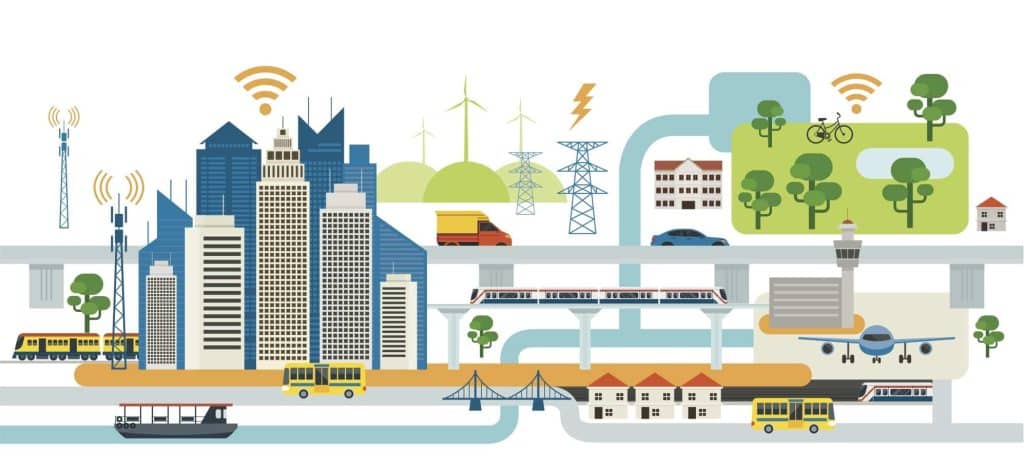Community Infrastructure Levy (CIL) has been around now for nearly 10 years, having come into force in April 2010. However, it seems that the take up of CIL has only recently really started to spread across the country, with an increased number of Local Authorities adopting a CIL charging schedule within the last couple of years. As a result, it has become a major consideration in obtaining planning permission.
What is Community Infrastructure Levy?
The CIL is a planning charge available to Local Authorities to help deliver infrastructure to support the development of their area. In principle, CIL is a planning tax on development, with a fixed rate charge for each square metre of floor space.
The charging rate is set by each individual Local Authority, and if your development falls with a Local Authority without an adopted charging schedule you are in the clear. However, be mindful of any draft charging schedules, as you could be caught out if CIL is adopted during the application process.
CIL should be factored into the viability of a new development proposal and should be fully considered as part of any planning application submission, to save on delays and unexpected development costs.
How can we help?
We are fully aware of the challenges people face trying to navigate through the complex CIL system, having helped a number of clients with the process in the past. In providing guidance, we have helped clients achieve CIL reliefs and exemptions, avoiding unnecessarily high costs when building a new home.
CIL can be a bit of a minefield, and we have heard nightmare stories of people being stung for CIL as a result of not completing the relevant forms at the relevant times, both before, during and after the build process.
We can ensure that the right information is submitted to the Local Authority, making sure that you are not caught out by the CIL process.
Please give us a call if you’d like some advice.





